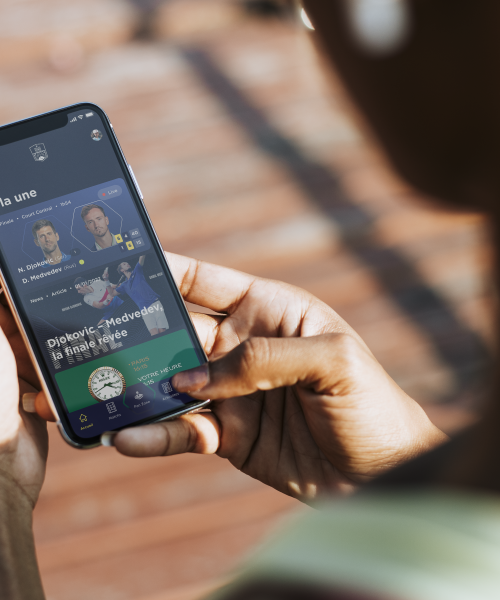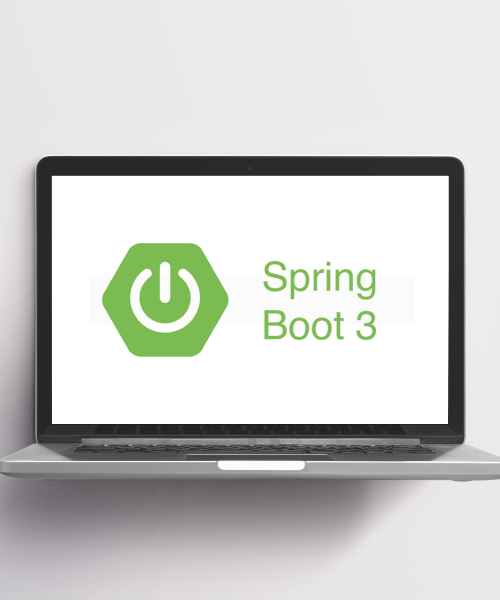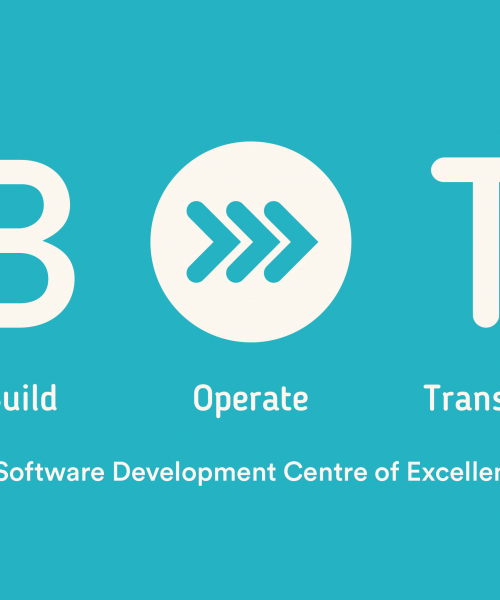When it comes to agile teams, there’s never a shortage of personalities. Although these personalities can be everything from complementary to diametrically opposed. Howerver, it’s not always from their differences that conflicts are born. Conflicts arise from the emotions and behaviors of each individual member. Unfortunately, these conflicts can lead to all kinds of problems for companies, including delivery delays, unhappy customers, negative brand images, and more.
In this article, Agile Coach Nassim, shares some of the conflict-provoking behaviors he has encountered during his career. He covers some of the things that work well (and not so well) when trying to deal with them.
What are the behaviors that cause conflicts in agile teams?
Most of the conflict-provoking behaviors I’ve encountered during my career are really pretty common. They are by no means exclusive to agile teams.
Lack of respect
As you can imagine, a lack of respect for someone’s work (or your own), expressed in an aggressive or insulting tone, usually results in anger and resentment. Respect is at the origin of many conflicts, and will continue to play a role in conflicts in the future. Some of the things I’ve heard include:
- “This is crap.”
- “Never try that with me again (in an authoritative tone, as if they were punishing a child).”
- “It looks like a birthday card, it’s not professional.”
Lack of communication
Some agile team members in sprint retrospectives don’t dare say things face-to-face:
- they prefer to express themselves by way of hidden or other chat messages that can sometimes rekindle past conflicts.
- Developers sometimes find Product Owners to be mistrustful, but they hesitate to talk about it which can lead to pent-up frustration.
Breaking points
Sometimes, a combination of negative behaviors can lead to emotional breaking points. For example, in one of the teams I coached, the behavior of one member pushed some of the other members to leave. The member, “X,” was extremely stubborn and never considered the opinions of others. He really did whatever he wanted. Among other things, he would completely change the presentation materials created by the other members, who would only discover the changes while presenting the materials to customers. The team gradually lost its cohesion as “X” was draining its mental strength and energy. Some of the members couldn’t take it anymore and left the team. Others stayed as far away from “X” as possible.
Inadequate leadership
Some leaders lack leadership skills or self-confidence. As a result, they give orders, supervise the initiatives of others, or force the team to adopt solutions by automatically rejecting all other proposals.
Check out our article – Management 3.0: towards an agile leadership?
How did you handle these conflicts ?
This may sound surprising, but when it comes to conflict resolution within agile teams, I start by simply observing and doing nothing. Next, I adopt an attitude in accordance with the severity of the conflict and the agile team’s ability to manage it. I use a variety of simple techniques to discover why a team is stuck.
Health Check
I remember a team that just couldn’t seem to take off. Its members didn’t understand each other, and it never met its commitments. The goal here was to discover what was going wrong by talking to each individual member. I decided to organize a workshop with another Scrum Master. During the workshop, each team member was asked to assess:
- the company
- their tasks
- their work
- followed by lengthy discussions using Moving Motivators.
With this information, we were able to get a good idea of where each team member stood. A Health Check helps you understand the expectations of each member, both individually and as a team. Afterwards, we performed an analysis based on personality traits such as those outlined in Paul Watzlawick’s Sociological Model.
Thanks to this approach, the team was able to become aware of its sticking points. Once it was complete, we immediately implemented corrective measures to remedy the situation.
Lean Coffee
I’ve experienced first-hand the lack of communication between developers and Product Owners. A Lean Coffee workshop can help get the conversation flowing. Originally, this method was not created for conflict resolution. But such workshops can help participants identify and address issues. Based on rounds of “time-boxed” discussions, the format is suitable for airing frustrations. All concerns are then reviewed during a team retrospective to set expectations and create a consensus.
Feedback report
Sometimes, coaches themselves are affected by challenging behaviors in agile teams. In such a case, it’s not always easy to react in the same way as when the focus is on another person. During my career, I once encountered such a situation that resulted in a lack of communication. I turned to some colleagues to help get the conversation flowing, but I realized they were only making the situation worse. I then decided to go another route: the feedback report. These reports are helpful for discovering how work or communication methods can baffle a team. However, unless others are affected by the lack of communication or feedback, it can be difficult to air and address it.
Anonymous form
In the situation I just mentioned, the feedback report didn’t really work. I suggested that the team members speak directly to the person about the problem, but that, too, didn’t really go over very well.
I then opted for another approach: the anonymous form. Anonymous forms are the perfect way to allow team members to express themselves without the fear of judgement. The results were interesting: among other things, we were able to identify a lack of communication from people outside the team. We dealt with the issues one by one, then addressed the sticking points with the Scrum Masters of the other teams.

Six Thinking Hats
For the remaining sticking points, we turned to the Six Thinking Hats approach. This approach makes use of six modes of thinking (“hats”) to express an individual’s feelings and needs when faced with a conflict. One at a time, each person takes a hat to express themselves. Before a retrospective, you can also define the order of the six hats to create a logical relationship that leads to the desired result.
Ultimately, the thing that worked best for airing the lack of communication in my situation was to call upon a neutral and external person. The emotional detachment of such a person can be a real asset when you are the victim (or the one responsible) for the lack of communication.
MBTI Personality and Nonviolent Communication
To re-establish dialogue in another team that had difficulty understanding and communicating with each other, I conducted a workshop with an MBTI (Myers-Briggs Type Indicator) and NVC (Nonviolent Communication).
MBTI is a personality instrument based on 4 pairs of personality preferences. These preferences are combined to create 16 types of personalities:
- Orientations of energy: E – Extraversion/I – Introversion
- Processes of perception: S – Sensing/ N – Intuition
- Processes of judging: T – Thinking/F – Feeling
- Orientations toward dealing with the outside world (extravert axis): J – Judging/P – Perceiving
Using games, this approach helped us understand the impact of each person’s personality. We learned more about ourselves and how to express our feelings, all the while showing empathy and without becoming trapped by our emotions.
With NVC, individuals are kindly invited to express themselves based on information gathered during 4 steps (OFNR):
- Observations (O): describing the situation in terms of a common observation;
- Feelings (F): expressing feelings associated with the situation;
- Needs (N): clarifying the needs that cause the feelings;
- Requests (R): Making a request that meets the following criteria: practical, concrete, specific, and positively worded. If possible, the action should be feasible in the present moment. Since the request is accompanied by a list of needs, it becomes negotiable.
This approach makes it possible to identify the feeling along with the respective need, which in turn allows for a request to be made without getting caught up in your emotions.
Dixit and empathy maps
Not all approaches are good! Once, I encouraged a team to air their concerns with the hopes of resolving a conflict, then (at their request) left them to continue their discussion alone. This was not a great idea and only made the situation worse. Experiences such as these have pushed me to review my methods. Among other things, I now work with Dixit, a French card game that lets you use images to express your feelings towards another person.
This opens a door for dialogue, especially when people are shy and have difficulty expressing themselves with words.
Another way to encourage dialogue is via the use of an empathy map. This approach was originally used in the field of UX to express the needs of end users by following various steps that helped identify personas and their feelings and subsequently build a consensus. In the context of conflict resolution, an empathy map is customized to ensure a persona represents the individuals involved in the conflict. The individuals express their points of view to better understand what they expect from each other, all the while showing empathy. The end result is a consensus between the parties.
In my experience, there’s no such thing as a magic recipe for resolving conflicts in agile teams. While certain solutions and techniques work better than others, the most important thing is to experiment with ways to overcome the sticking points. And don’t forget to ask your peers for help if you suffer from (or are the source of) toxic behaviors within a team.
Check out our article – Agile Transformation, from concept to implementation










